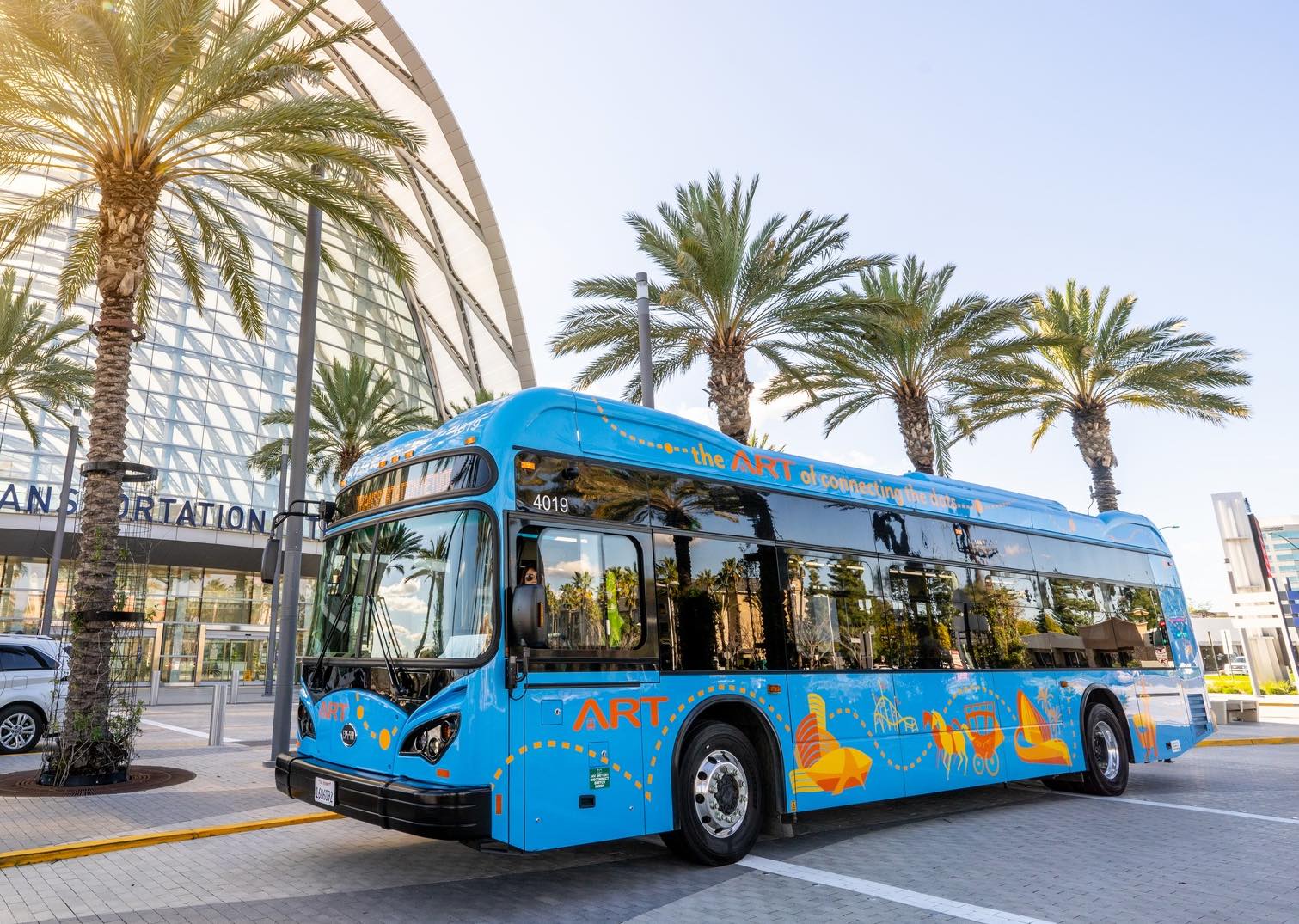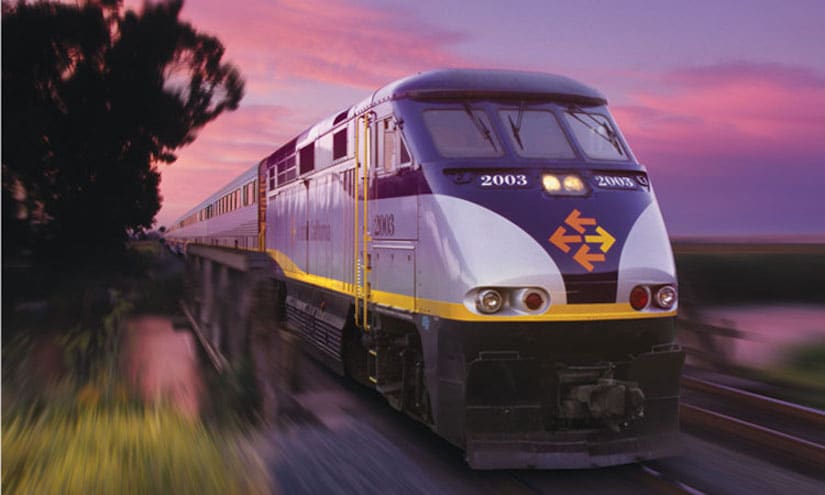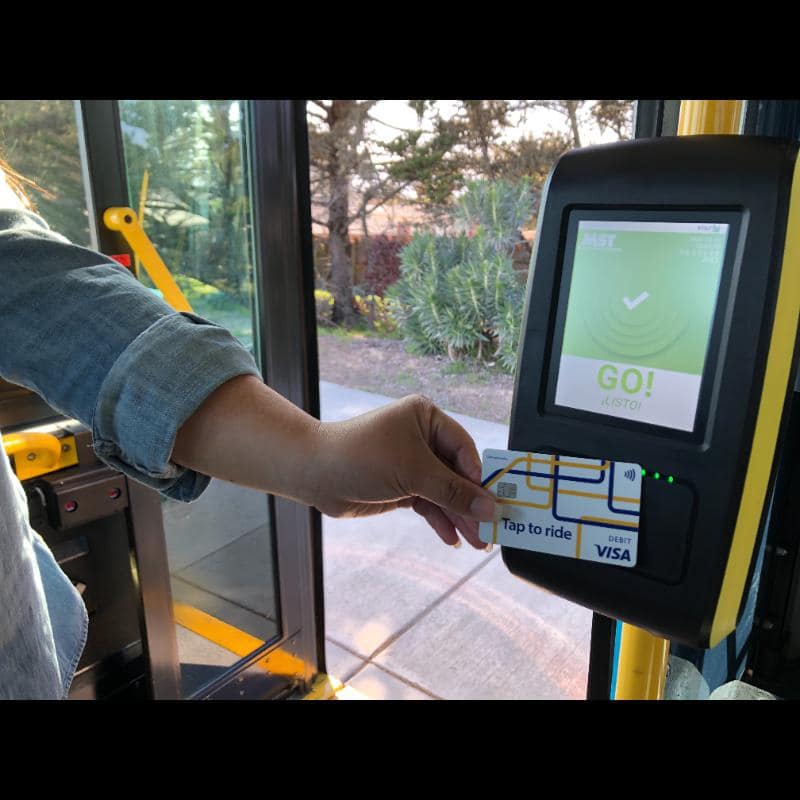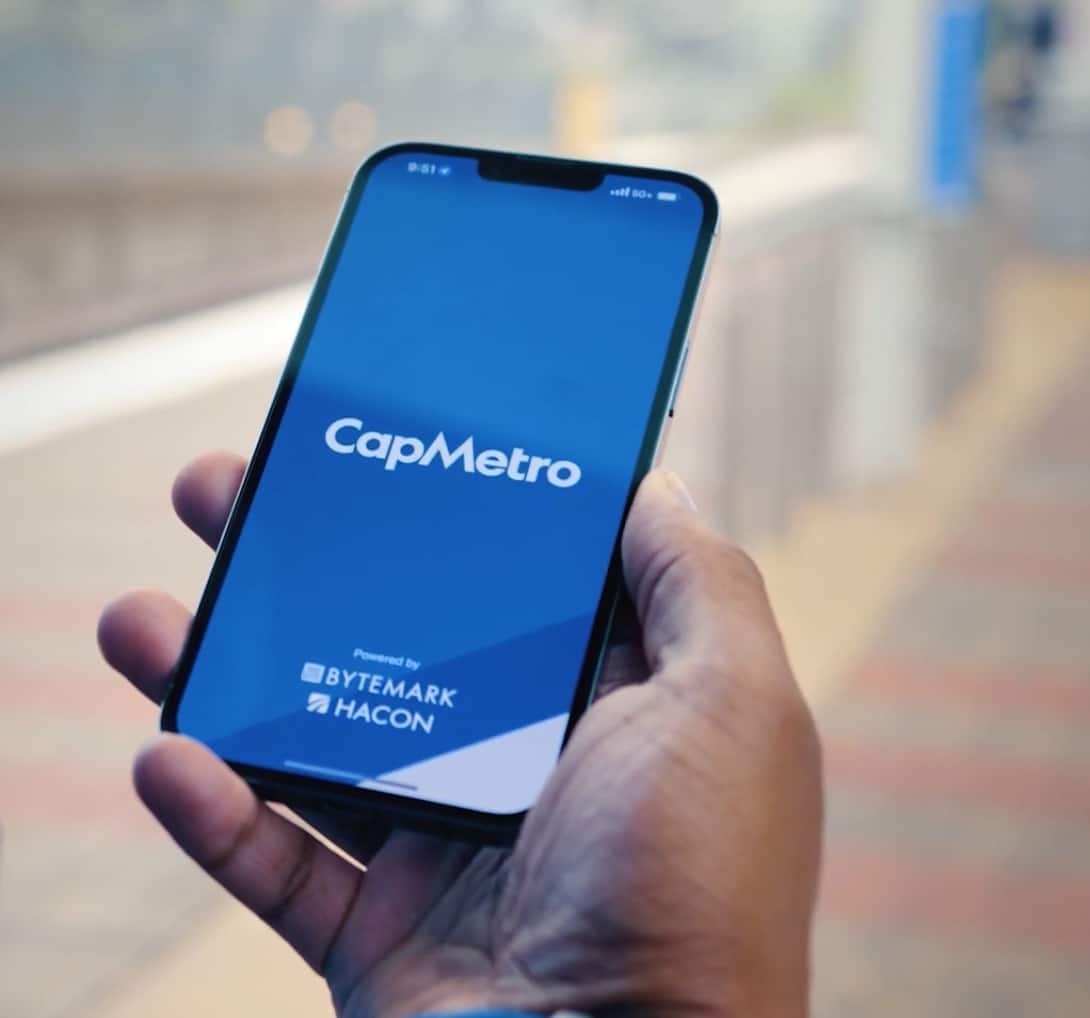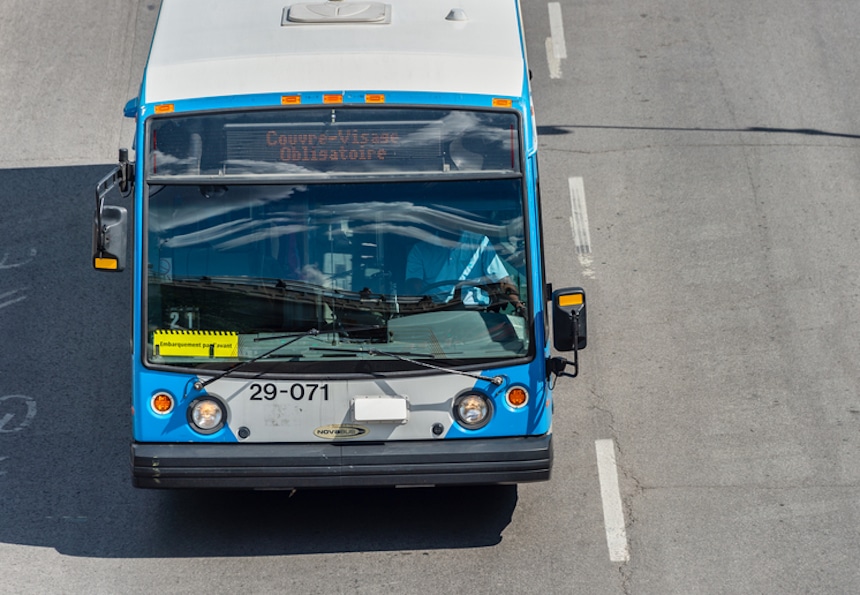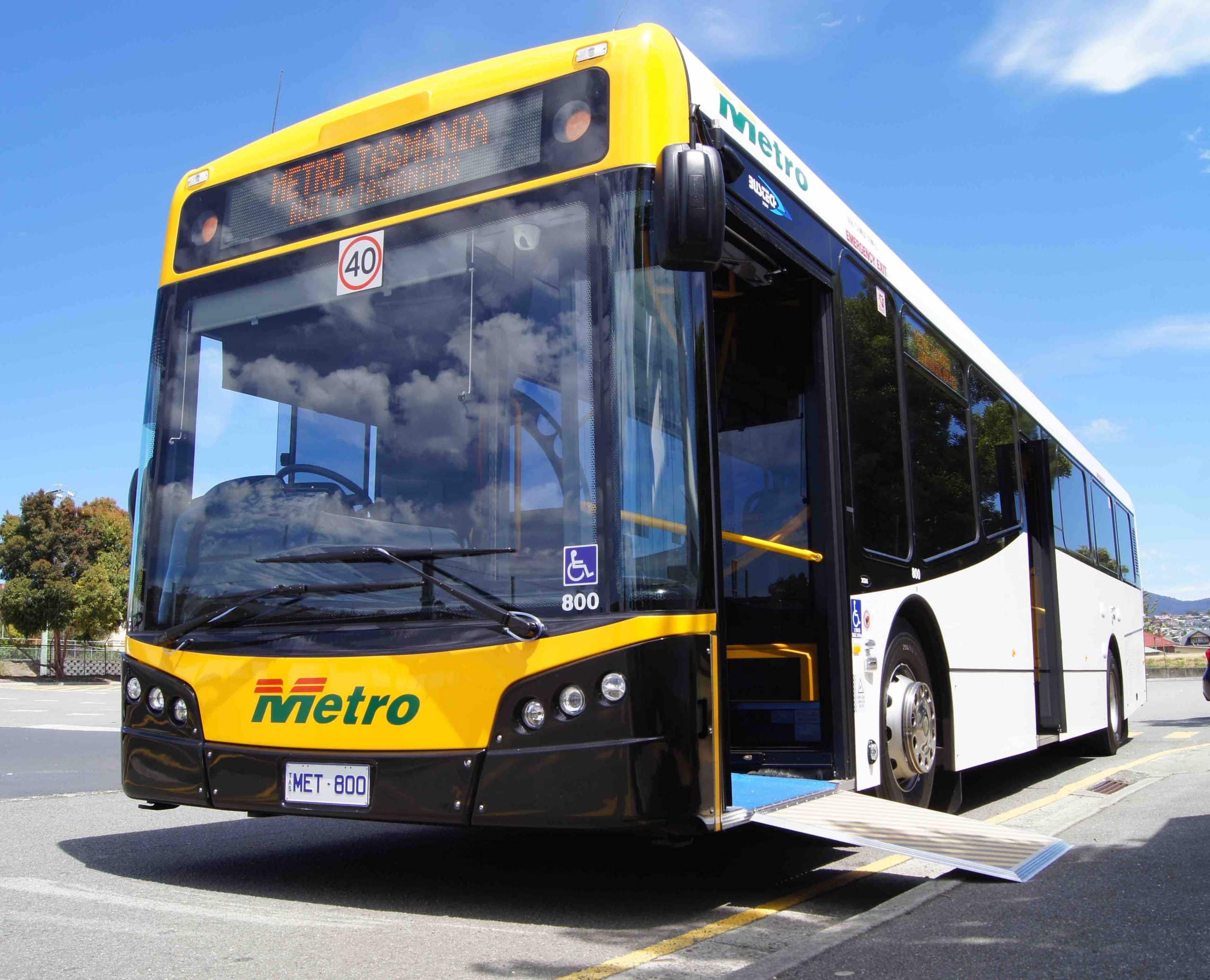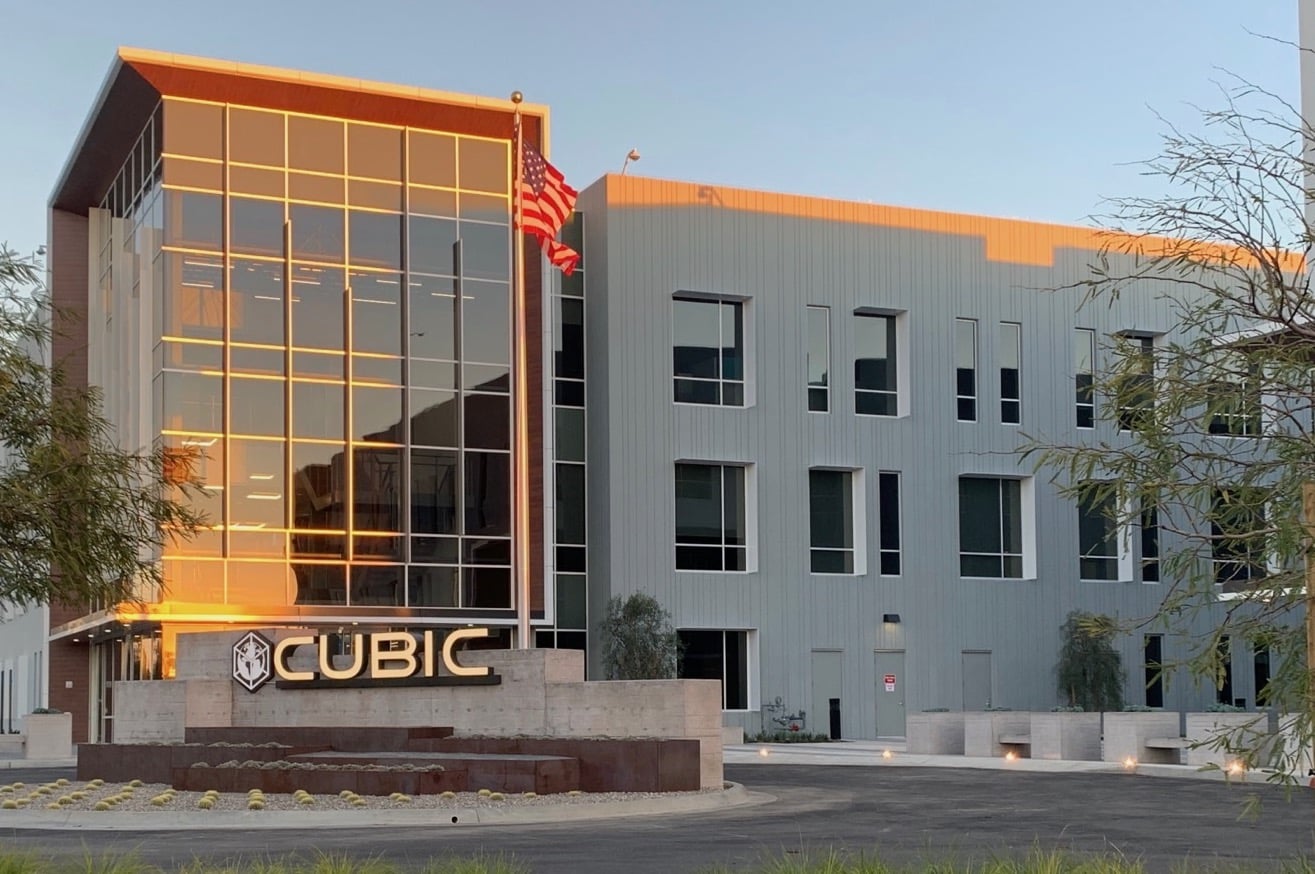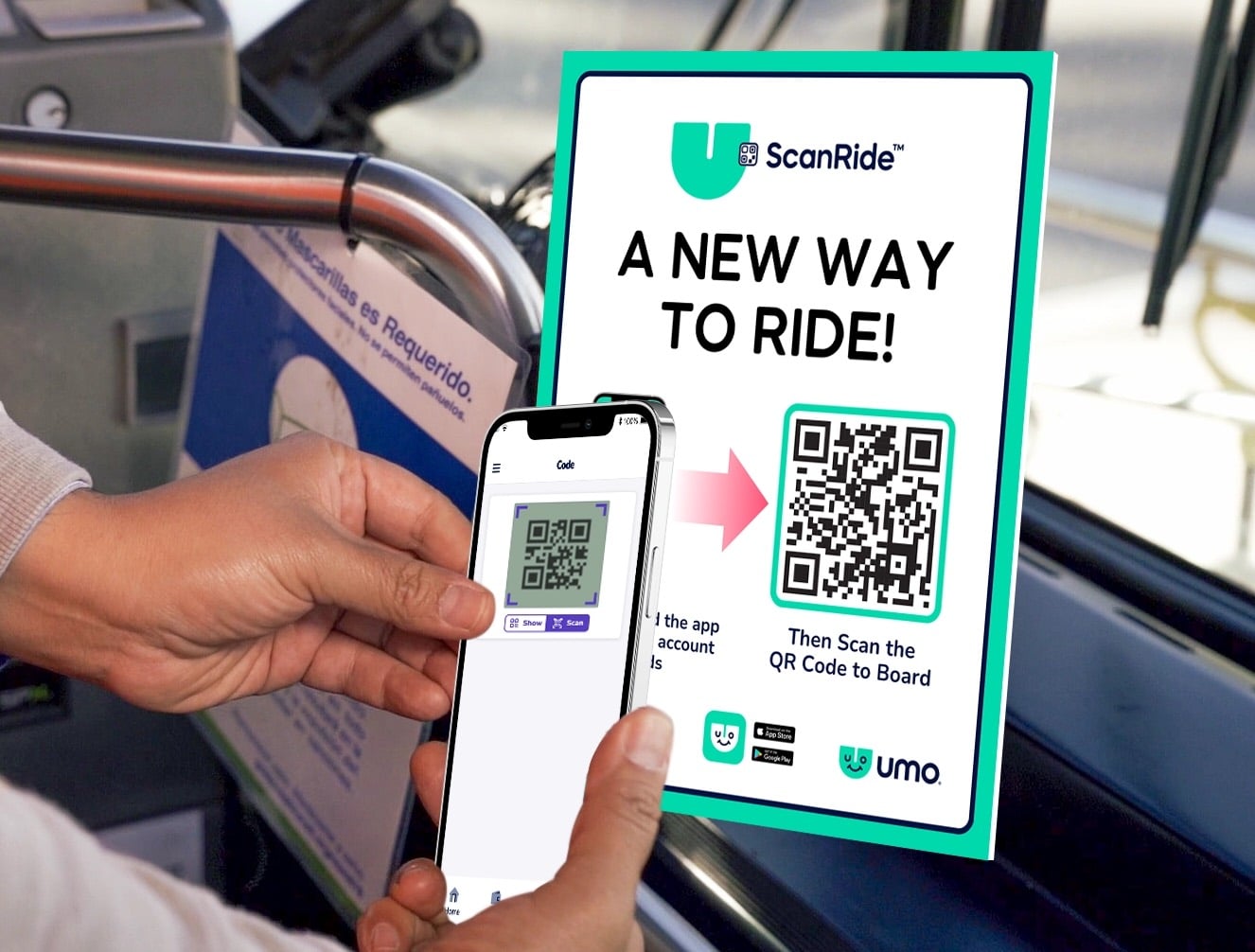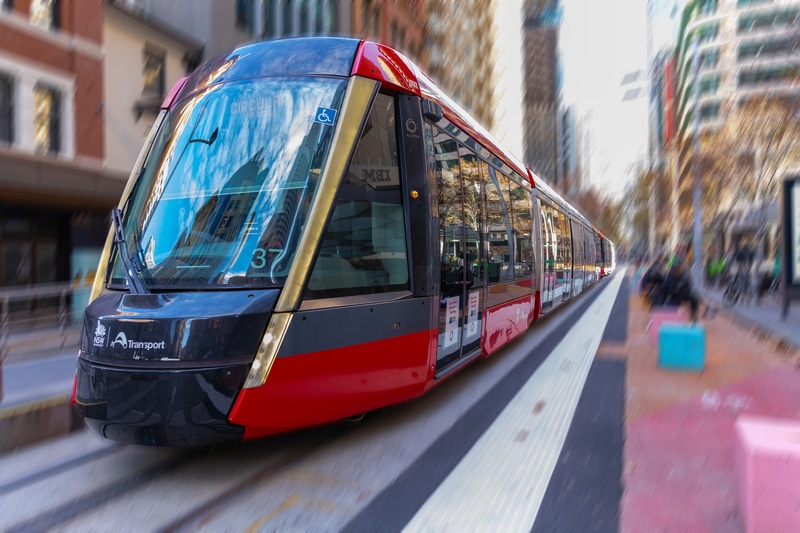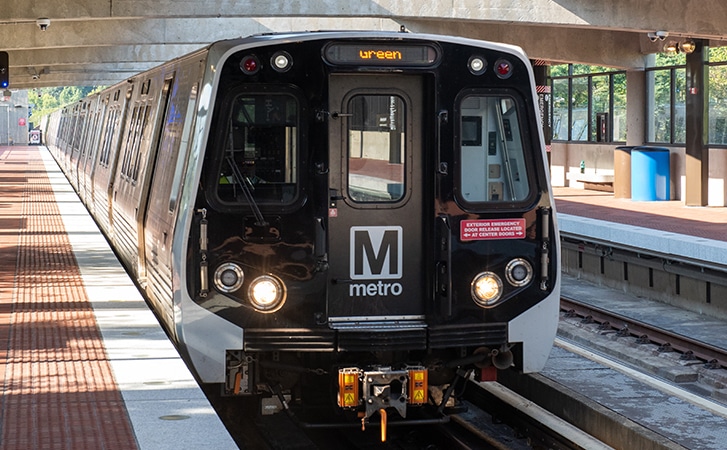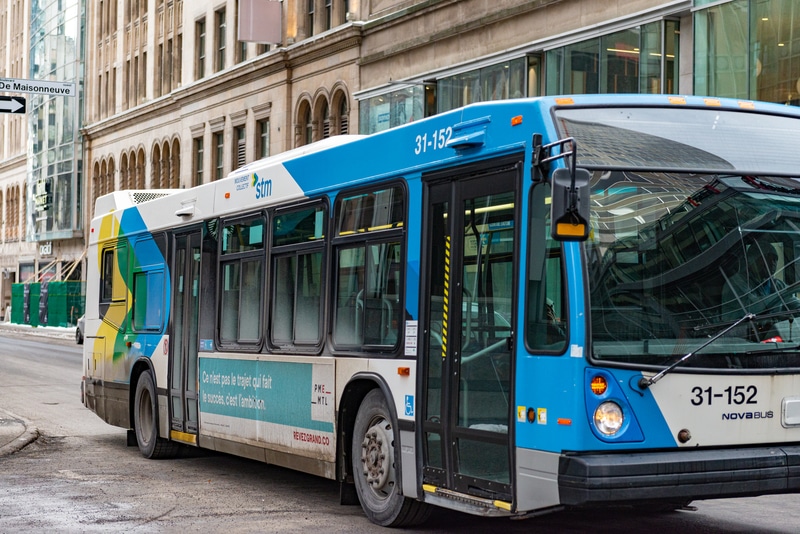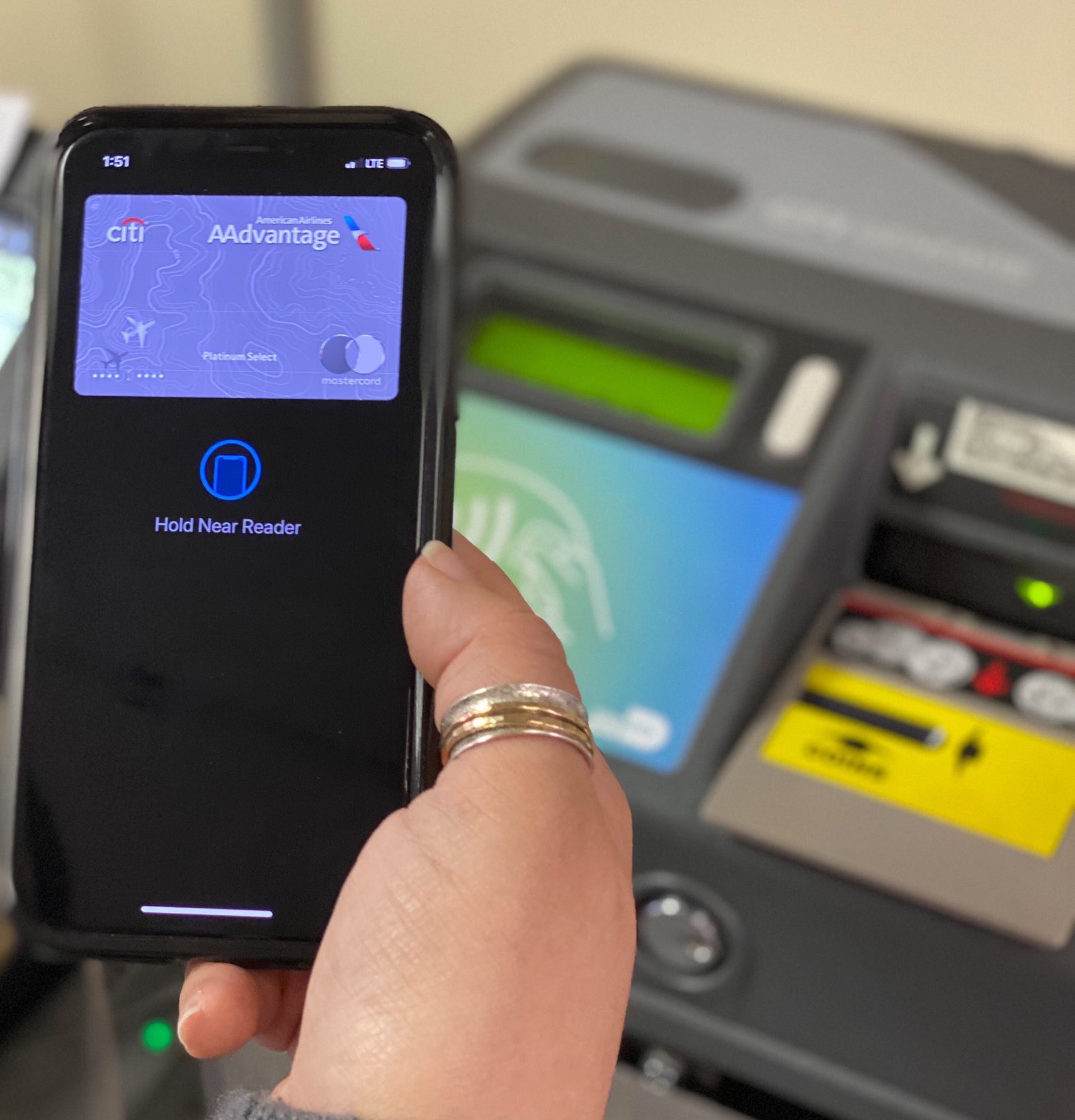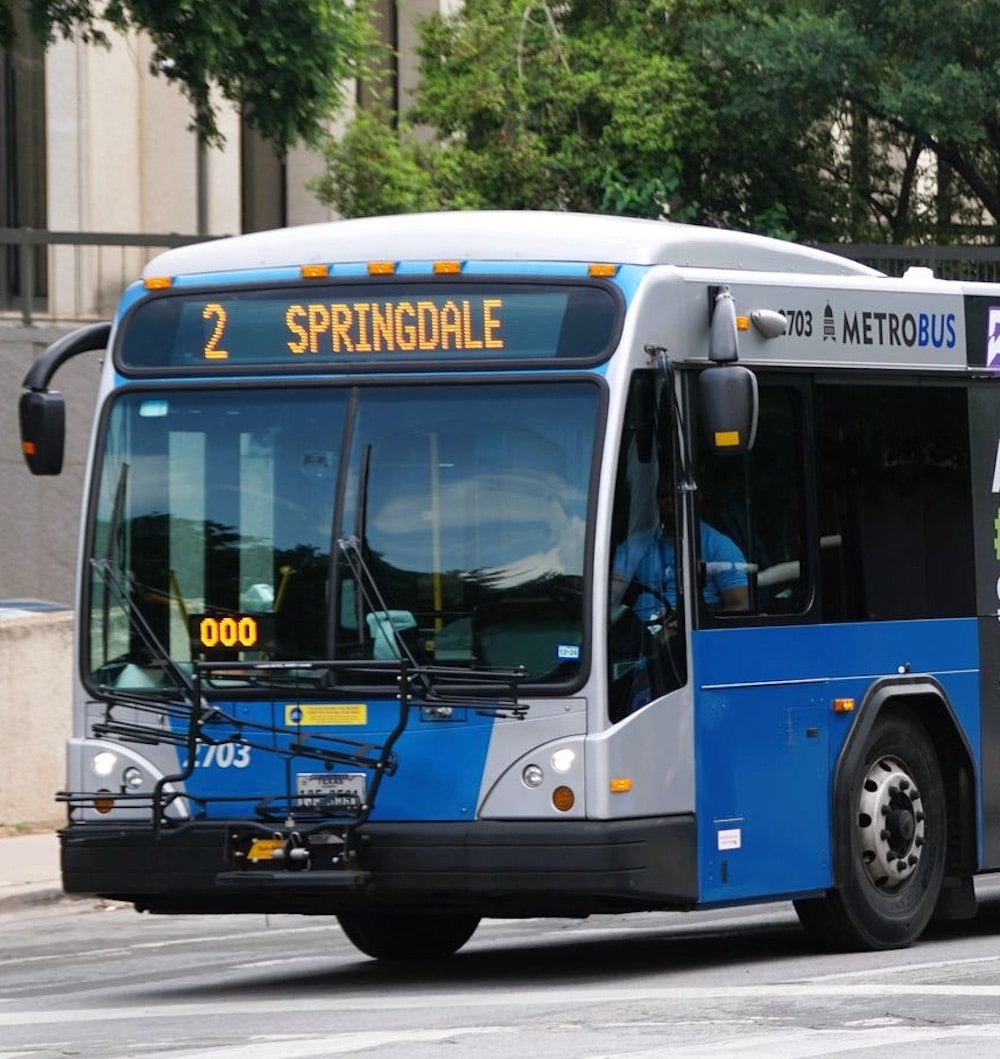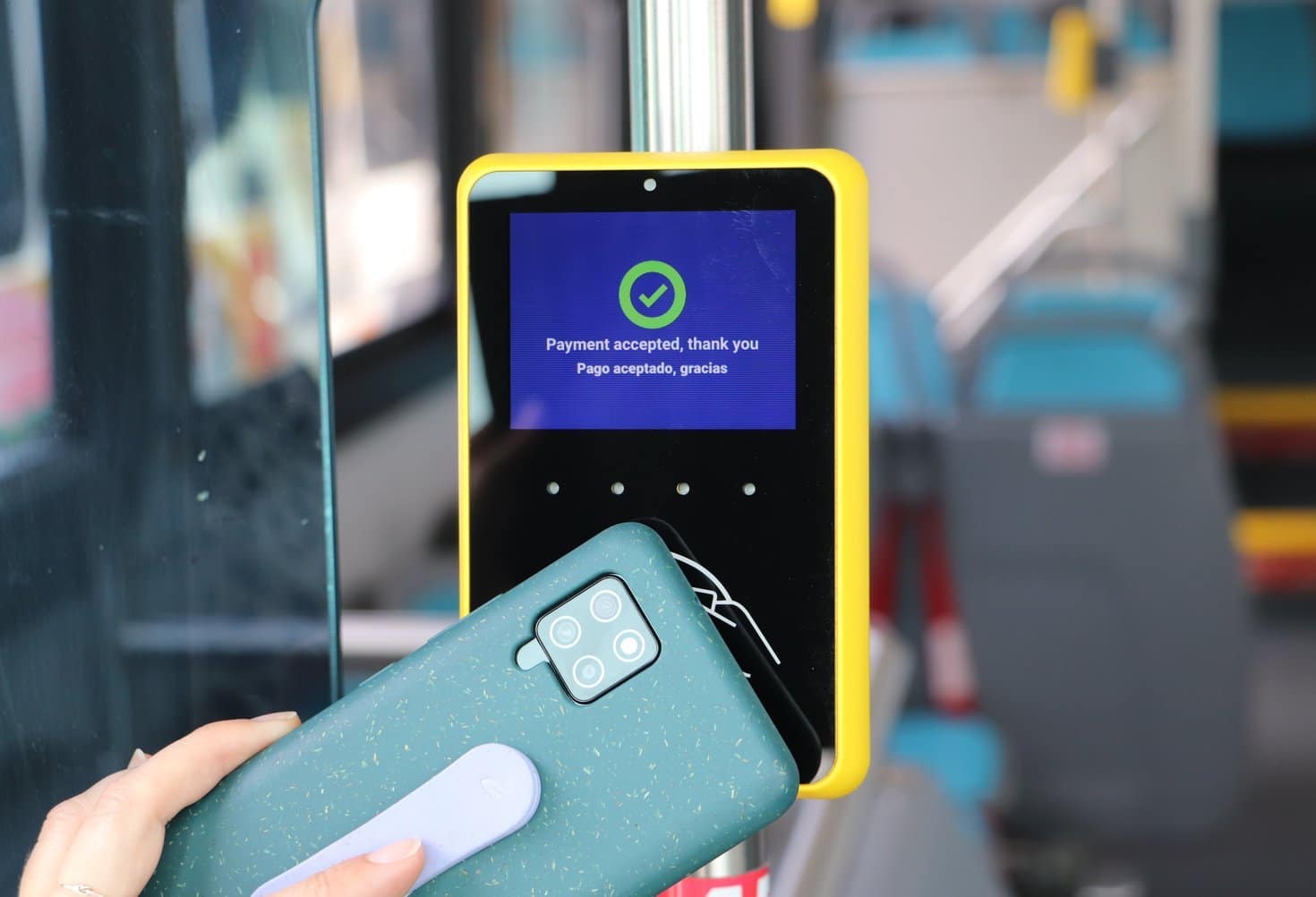
Article Highlights
Key Takeaway:
California’s Cal-ITP initiative is not finished helping small transit agencies in the state to launch open-loop fare payments pilots.
Key Data:
Together, the 300-plus transit agencies in California in 2019 recorded over 1.2 billion unlinked passenger trips and collected around $1.8 billion in fare revenue across transportation modes.
The California Integrated Travel Project, or Cal-ITP, is “on track to have at least several more” open-loop pilots or demonstration projects, a spokeswoman for the program told Mobility Payments.







